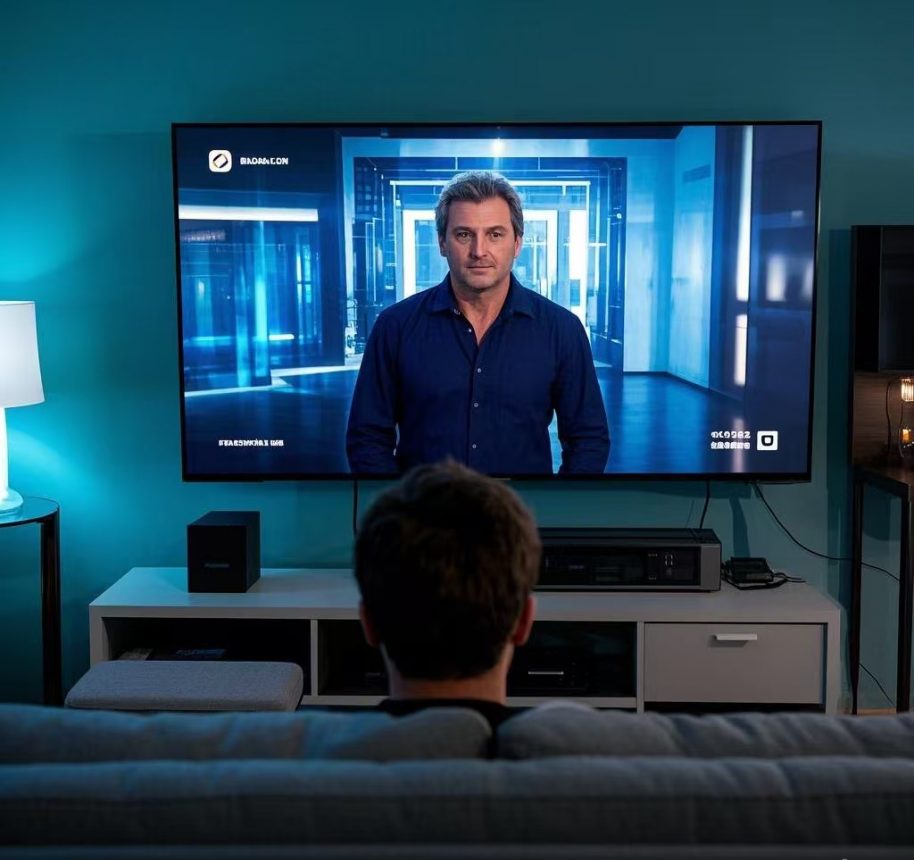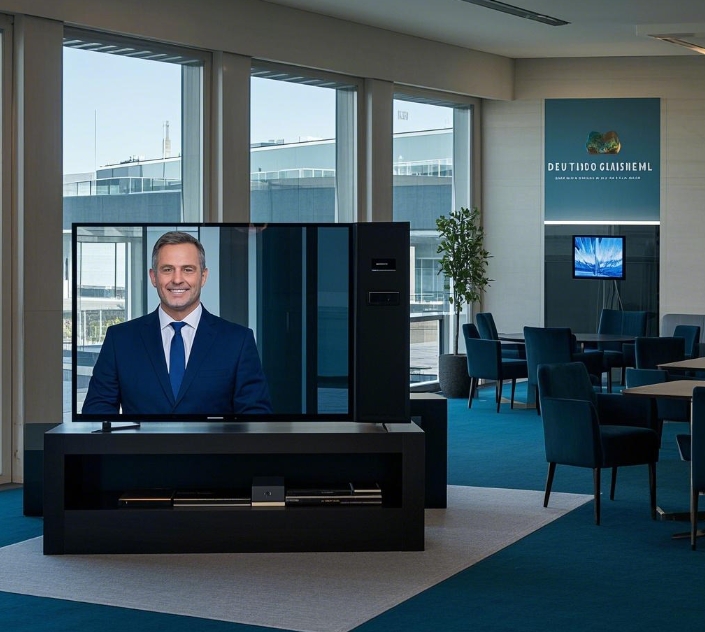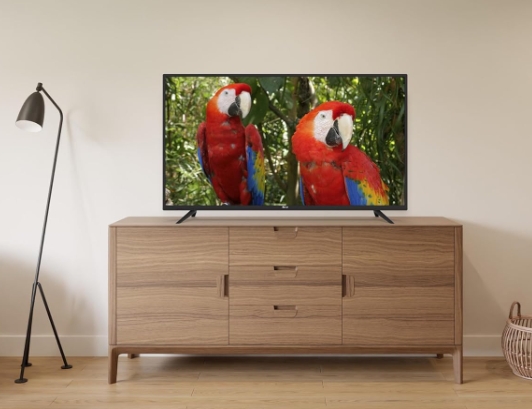The Future of TVs: AI and TV Wholesale Revolutionizing Home Entertainment
AI is transforming the landscape of smart TVs, with wholesale distributors now integrating cutting-edge technologies to redefine the concept of home entertainment.
As AI continues to evolve, leading brands are leveraging the latest advancements to offer TVs that are more than just viewing devices—they’re becoming dynamic home art galleries.
AI-Powered TVs: The New Evolution in Home Entertainment
The demand for smarter TVs has grown exponentially, as consumers seek devices that cater to various needs beyond traditional TV watching. From voice interactions to full-home smart control, and audio-visual enhancements to generative content creation, AI-powered TVs are pushing the boundaries of what a television can do.
Recently, Changhong unveiled their latest AI TV, utilizing SenseTime’s “Miao Hua” technology, a powerful AI image generation model.
This innovation allows users to simply voice their ideas, and the TV will instantly create personalized artwork—whether it’s a landscape, abstract design, or custom style.
This capability adds a new dimension to family entertainment, enabling the TV to function as an interactive art creator.

With AI TV, homes are no longer just places to watch shows—they are transformed into spaces where creativity and technology intersect.
Imagine family members, from children to elders, engaging with the TV in new and meaningful ways, enhancing family interactions and bonding.
The AI TV also adjusts its artistic display based on time, season, or specific holidays, offering tailored content that reflects festive moods or changing seasons, making the home feel vibrant and alive.
How TV Wholesale Suppliers Are Transforming the Market
As the wholesale TV industry grows, wholesale TV distributors are seeing increased demand for smart TVs that go beyond entertainment.
The introduction of AI-driven features like real-time artwork generation and smart home integration is reshaping what consumers expect from their televisions.

TCL, a prominent player in the TV wholesale suppliers space, recently launched its third-generation AI TV.
Powered by SenseTime’s “Miao Hua“, this model enables users to create custom AI-generated artwork within 3 seconds.
This development marks a leap forward in both technology and customer engagement, providing a fresh, immersive TV experience.
In addition to delivering innovation in TV technology, TV wholesalers are focusing on offering high-quality products that cater to the ever-evolving needs of modern homes.
As AI technology advances, smart TVs are becoming more personalized, giving consumers the ability to create a customized living space that aligns with their unique tastes and preferences.
The Role of Wholesale TV Distributors in the Evolution of Smart Appliances
As AI-powered TVs become mainstream, wholesale TV distributors play a crucial role in the widespread adoption of these products.
Companies like SenseTime are at the forefront of this transformation, providing groundbreaking AI models that enhance the functionality and appeal of smart TVs.
These advancements are not just about better picture quality;
They represent a shift towards a fully integrated smart home experience, where the TV acts as an intelligent assistant, anticipating needs and providing personalized content.
AI TV isn’t just about watching TV anymore—it’s about creating a dynamic, interactive experience that grows with your needs.
The integration of AI-powered image generation capabilities in TVs is revolutionizing the way we think about entertainment and home technology.
What the Future Holds for TV Wholesale Suppliers
Looking ahead, the future of smart TVs is undoubtedly tied to AI technology.
the constant evolution of AI models like Miao Hua, wholesale TV suppliers will continue to innovate and push the limits of what is possible.
As more and more homes adopt AI TVs, the demand for such cutting-edge technology will only increase, leading to new opportunities for TV wholesalers and wholesale TV distributors to expand their offerings.
AI will continue to drive the evolution of smart home appliances, ensuring that TVs are not just passive screens but active participants in the user experience.
As TV wholesale suppliers work with leading tech companies, they will help bring these innovations to the masses, creating smarter homes and a more immersive, personalized entertainment experience for all.
Why TV Wholesale Distributors Are Key to Future Growth
The demand for wholesale TV products that integrate AI technology is skyrocketing.
As the technology continues to improve, TV wholesalers and wholesale TV suppliers will play an increasingly important role in bringing these products to consumers.
The future of smart TVs is one where the device evolves beyond its primary function as a screen, becoming an integral part of the connected home ecosystem.
By working closely with leading tech innovators, wholesale TV distributors are ensuring that cutting-edge products are available to consumers, helping transform the concept of television as we know it.
For more information on how TV wholesalers are shaping the future of home entertainment, check out our product page for the latest innovations.













